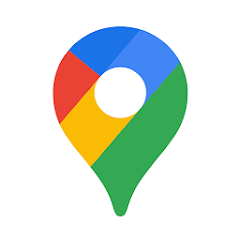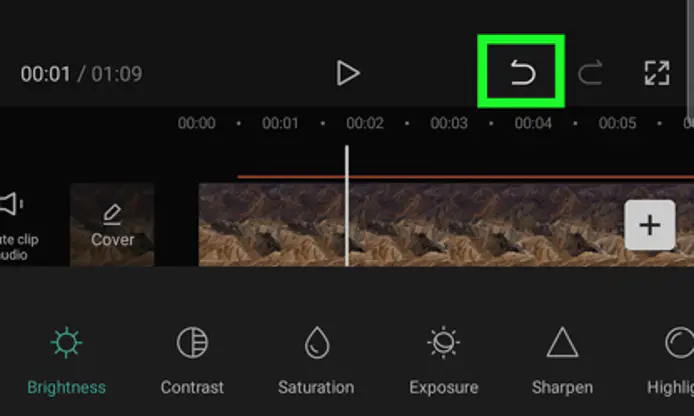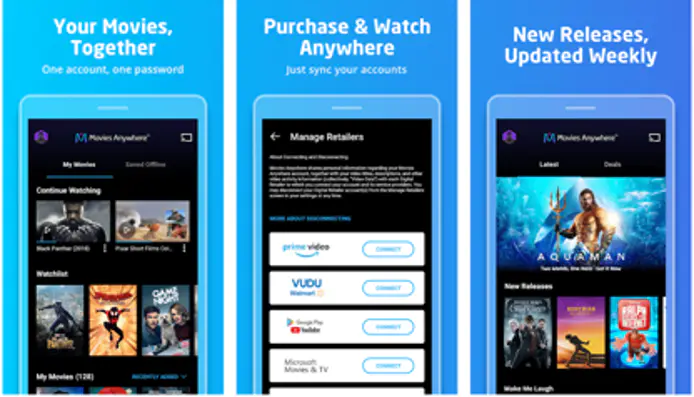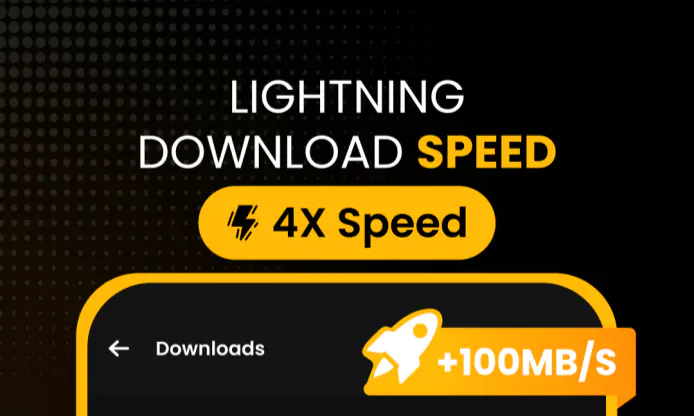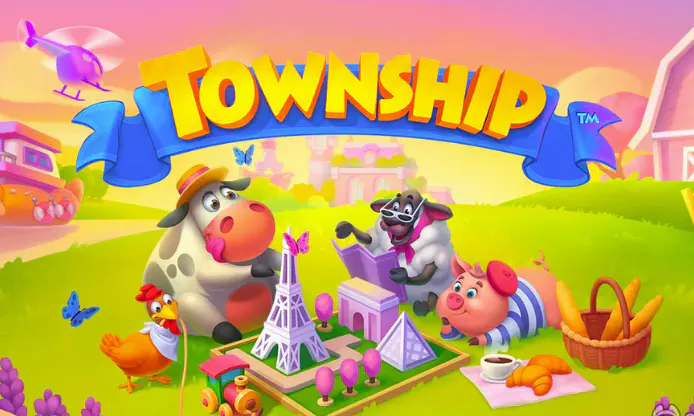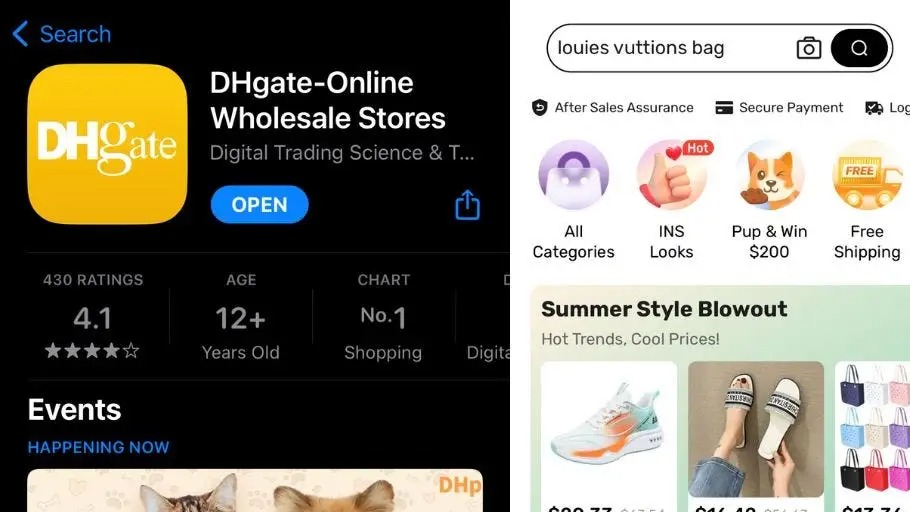Real-time Updates and Traffic Information of Google Maps
Introduction
In an era where time is of the essence, navigating through bustling city streets or winding rural roads can be a daunting task. Google Maps, a leading navigation application, has revolutionized the way we travel by providing real-time updates and traffic information. This feature serves a crucial purpose: to enhance the user experience by offering timely data that can significantly impact travel decisions. Whether commuting to work, planning a road trip, or simply exploring a new area, the real-time updates and traffic information feature of Google Maps aims to optimize routes, reduce travel time, and alleviate the stress associated with navigating through congested areas. This essay will delve into the functionality of this feature, its benefits and drawbacks, real-world applications, alternatives, and ultimately assess its overall effectiveness and value.
Functionality
The real-time updates and traffic information feature of Google Maps operates through a sophisticated integration of various technologies, including GPS data, user-generated information, and machine learning algorithms. At its core, the feature collects data from millions of users who have opted to share their location information. This data is aggregated to provide a comprehensive view of traffic conditions in real-time.
When a user inputs a destination, Google Maps analyzes current traffic conditions along the proposed route. The application utilizes color-coded lines on the map to indicate traffic flow: green signifies smooth traffic, yellow indicates moderate congestion, and red represents heavy traffic. Additionally, Google Maps provides estimated travel times that adjust dynamically based on real-time conditions. If a user is already en route, the app can suggest alternative routes to avoid delays, ensuring that users can make informed decisions on the fly.
Moreover, Google Maps incorporates data from various sources, including traffic cameras, road sensors, and historical traffic patterns. This multi-faceted approach allows the application to predict traffic conditions, even before they occur, providing users with insights into potential delays due to accidents, road construction, or other unforeseen events. Notifications about incidents, such as accidents or road closures, are also sent to users, further enhancing the feature’s functionality.
Benefits
The advantages of using the real-time updates and traffic information feature of Google Maps are manifold. Firstly, it significantly enhances the efficiency of travel. By providing users with the most accurate and up-to-date information, Google Maps allows individuals to choose the quickest routes, thereby reducing travel time. This is particularly beneficial for daily commuters who face the challenge of navigating through rush hour traffic.
Secondly, the feature promotes safety. By alerting users to accidents, road closures, and other hazards, Google Maps helps drivers avoid potentially dangerous situations. This proactive approach to navigation not only protects users but also contributes to overall road safety by reducing the likelihood of traffic jams caused by accidents.
Additionally, the real-time updates foster a sense of empowerment among users. With access to comprehensive traffic information, individuals can make informed decisions about their travel plans. Whether it’s choosing to leave earlier to avoid congestion or opting for an alternative route, users have greater control over their journeys.
Furthermore, the integration of user-generated data enhances the accuracy of the information provided. As more users contribute their location data, the system becomes increasingly adept at predicting traffic patterns and conditions. This collective intelligence creates a dynamic feedback loop that benefits all users of the application.
Drawbacks
Despite its numerous advantages, the real-time updates and traffic information feature of Google Maps is not without its limitations. One significant drawback is the reliance on user-generated data. While this data can enhance accuracy, it also raises concerns about privacy. Users must opt-in to share their location information, and some may be hesitant to do so due to fears of surveillance or data misuse. This reluctance can lead to gaps in data, potentially affecting the accuracy of traffic predictions.
Another limitation is the potential for information overload. While real-time updates can be beneficial, they can also be overwhelming for users who may find themselves inundated with notifications about traffic incidents, road closures, and alternative routes. This can lead to decision fatigue, where users struggle to process the information and make timely choices.
Additionally, the feature may not always account for local knowledge. While Google Maps excels in urban areas with high user density, rural areas may not receive the same level of real-time updates. Users in less populated regions may find that the information provided is less reliable, leading to frustration when navigating unfamiliar roads.
Lastly, the accuracy of estimated travel times can sometimes be misleading. While Google Maps continuously updates these estimates based on real-time conditions, unforeseen events such as sudden accidents or weather changes can still lead to significant delays. Users may find themselves relying too heavily on the app’s predictions, only to be caught off guard by unexpected traffic conditions.
Real-World Examples
The real-time updates and traffic information feature of Google Maps has proven invaluable in various real-world scenarios. For instance, during the COVID-19 pandemic, many individuals turned to Google Maps to navigate changing traffic patterns as remote work altered commuting habits. Users could easily assess whether their usual routes were congested or if alternative paths were more efficient, allowing for smoother transitions back to the office.
Another example can be seen in urban environments where traffic congestion is a daily challenge. Commuters in cities like Los Angeles or New York City have leveraged Google Maps to avoid gridlock during peak hours. By receiving alerts about accidents or construction, users can reroute their journeys, saving both time and frustration.
Moreover, travelers embarking on road trips have found the feature particularly useful. For instance, a family planning a cross-country trip can utilize Google Maps to identify the best times to travel through major cities, avoiding rush hour traffic and ensuring a more enjoyable journey. The app’s ability to provide real-time updates on road conditions, weather, and potential hazards allows users to adapt their plans on the go, enhancing the overall travel experience.
Alternatives
While Google Maps is a dominant player in the navigation space, several alternatives offer similar features. Waze, for example, is a community-driven navigation app that focuses heavily on real-time traffic updates and user-generated reports. Waze users can report accidents, police presence, and road hazards, creating a dynamic and interactive experience. The app’s emphasis on community engagement fosters a sense of collaboration among users, allowing for a more comprehensive understanding of traffic conditions.
Another alternative is Apple Maps, which has made significant strides in recent years to improve its functionality. Apple Maps offers real-time traffic information, route suggestions, and incident alerts, similar to Google Maps. However, some users have reported that Apple Maps may not be as reliable in terms of real-time updates, particularly in less populated areas.
Additionally, navigation apps like HERE WeGo and MapQuest provide users with traffic information and route optimization features. While they may not have the same level of user engagement as Google Maps or Waze, they still offer valuable alternatives for those seeking different navigation experiences.
Conclusion
In conclusion, the real-time updates and traffic information feature of Google Maps stands out as a powerful tool for enhancing the navigation experience. Its functionality, rooted in sophisticated technology and user-generated data, allows for accurate and timely traffic information that can significantly impact travel decisions. The benefits of using this feature, including increased efficiency, enhanced safety, and user empowerment, make it an invaluable resource for commuters and travelers alike.
However, it is essential to acknowledge the potential drawbacks, such as privacy concerns, information overload, and the limitations of data accuracy in certain regions. Despite these challenges, the real-world applications of the feature demonstrate its effectiveness in helping users navigate complex traffic situations.
As users continue to seek reliable navigation solutions, Google Maps’ real-time updates and traffic information feature will likely remain a cornerstone of modern travel. Its overall effectiveness and value are evident in the countless ways it has transformed the way we approach navigation, making it an indispensable tool for anyone on the road.

